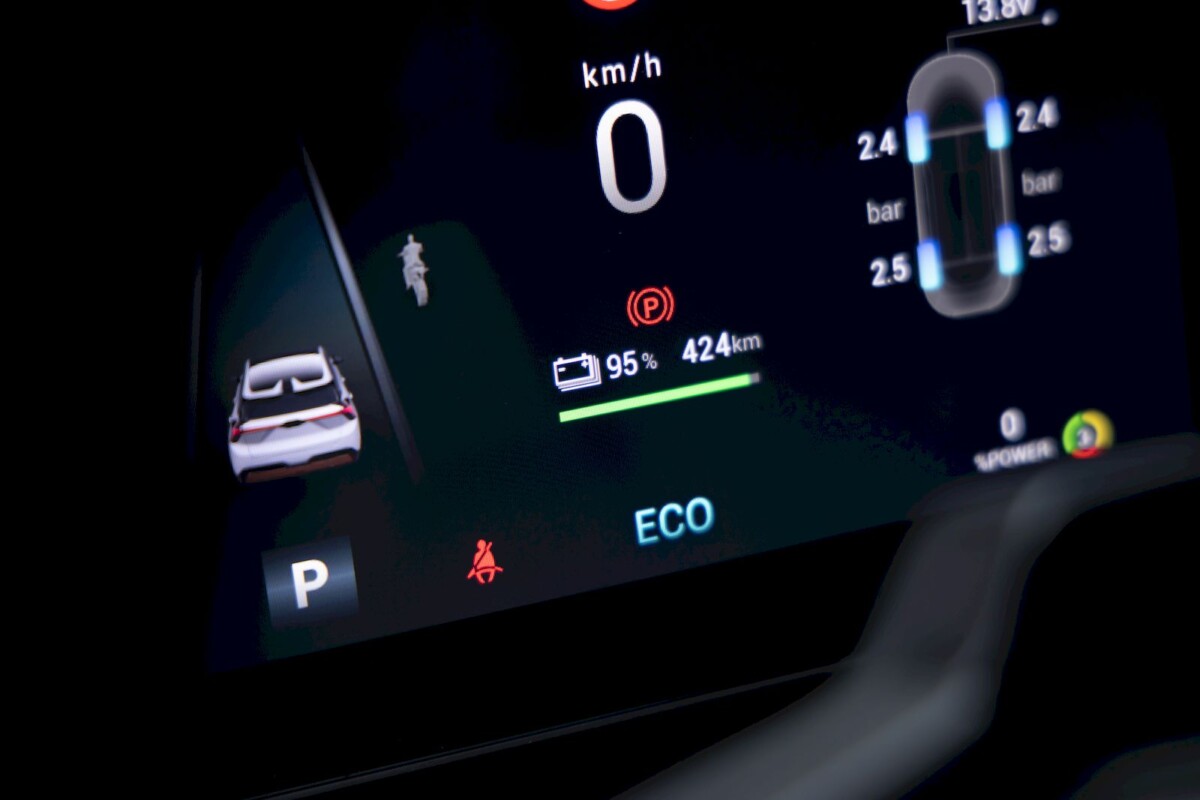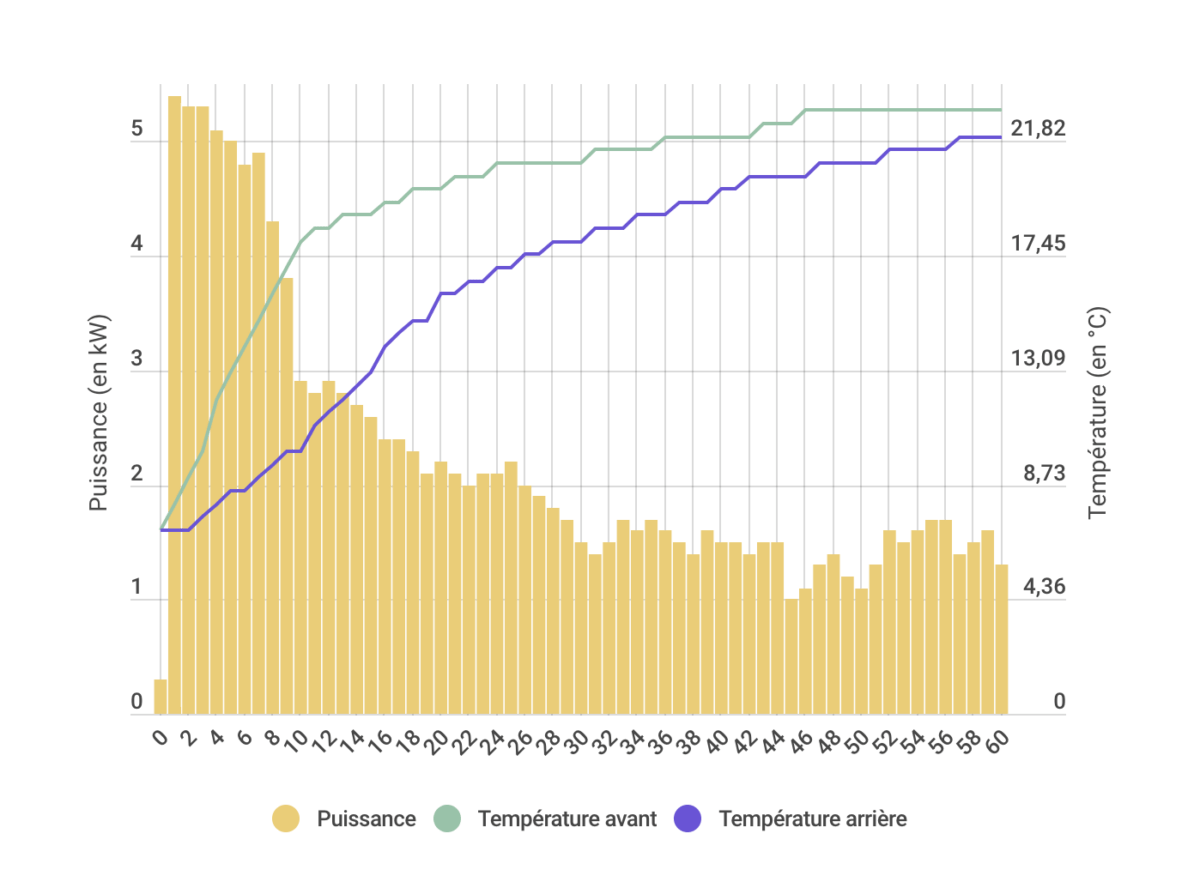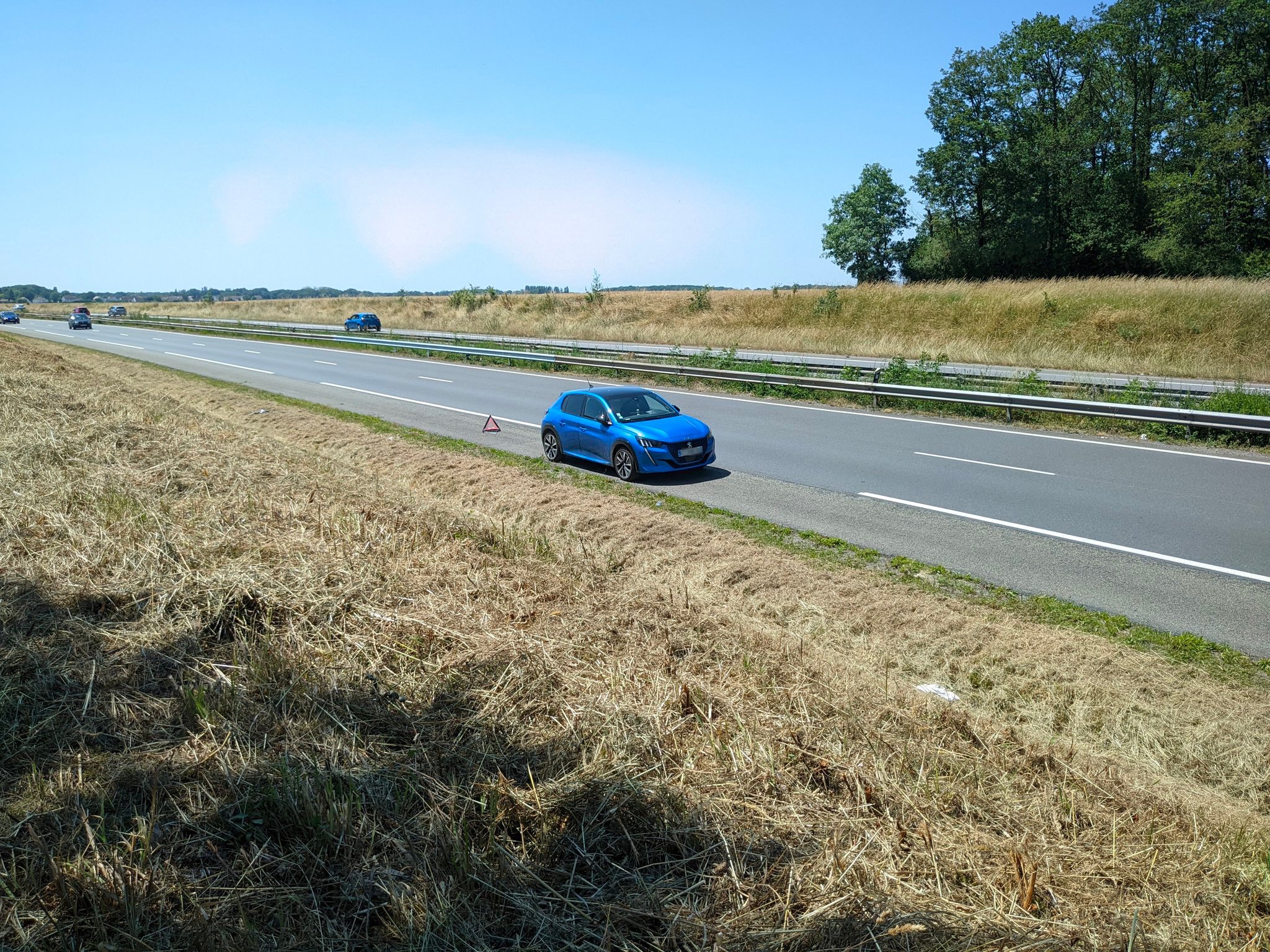Preconceived ideas about electric cars persist again and again in 2023. We are going to try to explain why using a smartphone charger or listening to the radio only reduces the autonomy in a small way on an electric vehicle.
Among the ideas received on electric cars, everyone has already heard the famous belief that using the radio, charging a smartphone or even turning on the headlights would drastically reduce autonomy. Recently, a LinkedIn user recounted an anecdote heard at a car dealership where the seller claimed that the range would be reduced by 100 kilometers just by charging a smartphone.
We are therefore going to dispel these false truths which are unfortunately still in the heads of some people, by summarizing the different orders of magnitude involved. In this way, you will have plenty of time to reply factually when you hear nonsense about the loss of autonomy of an electric car.
A question of magnitude
The battery capacity of an electric car is measured in kilowatt hours (kWh), and depending on the model, the smallest batteries are around 40 kWh, while the largest exceed 120 kWh. In terms of autonomy, they also vary from 300 to more than 700 kilometers in the WLTP cycle.
Reasonably, we can estimate the consumption of high-speed electric vehicles between 15 and 25 kWh per 100 kilometers. Put another way, each kilometer traveled on the highway consumes between 150 and 250 Wh.

On a high-end smartphone, the maximum charging power can reach around 50 Watts, or 50 Wh consumed per hour of charging. It would therefore take 3 to 5 hours of continuous charging of a smartphone at full power to consume the equivalent of a single kilometer of autonomy on the motorway..
We are well aware of the absurdity of the initial assertion, since not only plugging in the smartphone does not lose 100 kilometers of autonomy, but even charging it at full power for several hours, the impact will be totally negligible.
Measures to restore the truth
Last spring, our colleagues fromAutomotive-Clean have tackled this problem to establish the truth and effectively measure the energy-consuming equipment of an electric car. The vehicle in question was a Hyundai Ioniq 6, but most results apply to all cars.
We learn for example that 10 minutes of defrosting the rear screen consumes 80 Wh, or that the use of two heated seats at full power for one hour consumes 240 Wh. Taking the estimated consumption on the highway of an electric car (between 150 and 250 Wh/km), all this therefore corresponds to an overconsumption of less than two kilometers of autonomy.
Put another way, you can travel only 2 kilometers more if you deprive yourself of the heated seats for an hour on the road. The list of equipment tested includes the headlights, indicators, horn and radio, and the conclusion is always the same: no use of this equipment will significantly affect your range.
The case of heating
As you have seen above, it is not the headlights or the use of the radio that will prevent you from arriving at your destination without a hitch. However, the most energy-intensive item, by far, on an electric car has not yet been addressed: it is the heating.
You are probably aware that electric cars do not particularly like winter, and the higher consumption is one of the reasons. In practice, consumption linked to heating by ventilation of the passenger compartment can sometimes reach 5 kW for vehicles not equipped with a heat pump.
So, in one hour of full-speed operation — which is a rather extreme case, but not totally impossible —, heating the cabin can consume around 5 kWh, the equivalent of 20 to 35 kilometers of autonomyor 10% battery of a car with a 50 kWh pack.

Another way of looking at things is to consider that at an average speed of 100 km/h without heating, and still with a 50 kWh battery, the range is 250 kilometers while consuming 20 kWh/100 km. Once the heating is running at full speed, consumption increases to 25 kWh/100 km, and the range is then 200 kilometres.
The loss of autonomy linked to the use of the heating at full capacity is then 50 kilometres, or 20% of the initial autonomy. And if all this time your smartphone was plugged in, you probably wouldn’t even have lost another kilometer.

However, these figures must be qualified: it is extremely rare to activate the heating fully for several tens of minutes. Without a heat pump, the average consumption is around 1 to 2 kW at cruising speed, as our colleagues fromClean Automotive on the ID. Volkswagen Buzz.
The air conditioning
For air conditioning, consumption is much lower, with a maximum between 1 and 2 kW, and the same applies to the heating of vehicles with a heat pump. The same exercise with an electric car equipped with a heat pump would show losses of autonomy rather located between 10 and 20 kilometers (that is to say between 4 and 8% of battery). That’s why it’s an option that can be relevant when it’s not standard.
In any case, you will have nothing to gain by turning off the radio, unplugging your smartphone or turning off a heated seat: all this causes negligible overconsumption compared to the energy needed to move the vehicle forward. Only stopping the ventilation system can have a real impact.
To follow us, we invite you to download our Android and iOS application. You can read our articles, files, and watch our latest YouTube videos.
